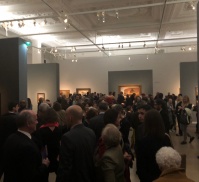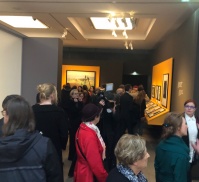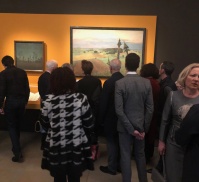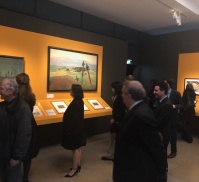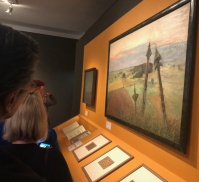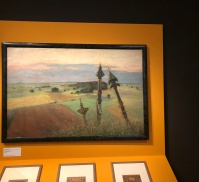Wild Souls. Symbolism in the Baltic States
The exhibition, titled “Wild Souls. Symbolism in the Baltic States” upcoming at Musée d'Orsay in Paris from April 10, 2018.
The independent states that make up the Baltic countries, Estonia, Latvia and Lithuania, were established just after the end of the First World War. To celebrate this centenary, this exhibition presents Baltic Symbolism from the 1890s to the end of the 1920s.
European Symbolism and the emancipation of consciousness that it disseminated are inseparable in the Baltic countries from their independence. This exhibition illustrates the interplay of influences and resistances through which artists forged a creative language appropriate to their intellectual world.
Taking elements from popular culture, folklore and local legends, as well as from their unique landscapes, they have created a genuinely original art form.
With the exception of the internationally renowned Lithuanian painter and composer Mikalojus Konstantinas Čiurlionis, the works of the majority of these artists are being shown outside their country for the first time.
The law firm Ellex Valiunas for this exhibition lent a painting by Stanisław Jarocki (Sacred Samogitia, 1910).

The exhibition, titled “Wild Souls. Symbolism in the Baltic States” upcoming at Musée d'Orsay in Paris from April 10, 2018.
The independent states that make up the Baltic countries, Estonia, Latvia and Lithuania, were established just after the end of the First World War. To celebrate this centenary, this exhibition presents Baltic Symbolism from the 1890s to the end of the 1920s.
European Symbolism and the emancipation of consciousness that it disseminated are inseparable in the Baltic countries from their independence. This exhibition illustrates the interplay of influences and resistances through which artists forged a creative language appropriate to their intellectual world.
Taking elements from popular culture, folklore and local legends, as well as from their unique landscapes, they have created a genuinely original art form.
With the exception of the internationally renowned Lithuanian painter and composer Mikalojus Konstantinas Čiurlionis, the works of the majority of these artists are being shown outside their country for the first time.
The law firm Ellex Valiunas for this exhibition lent a painting by Stanisław Jarocki (Sacred Samogitia, 1910).






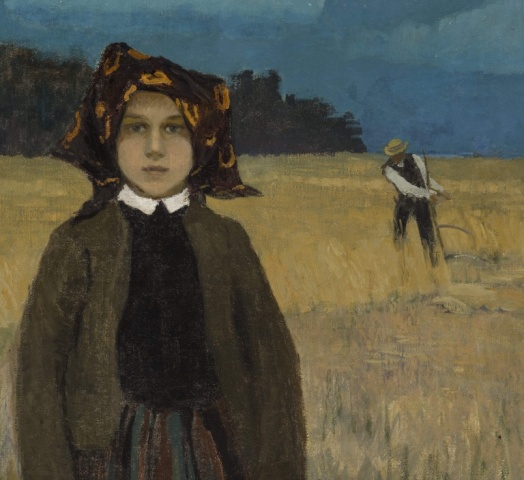
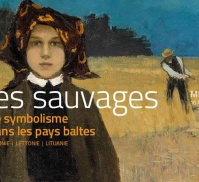
.jpg)
